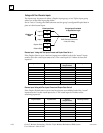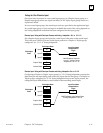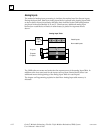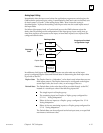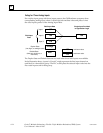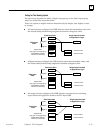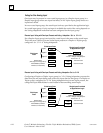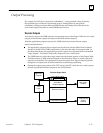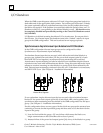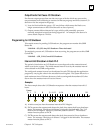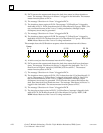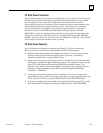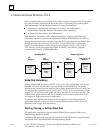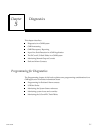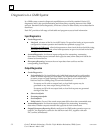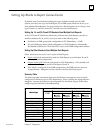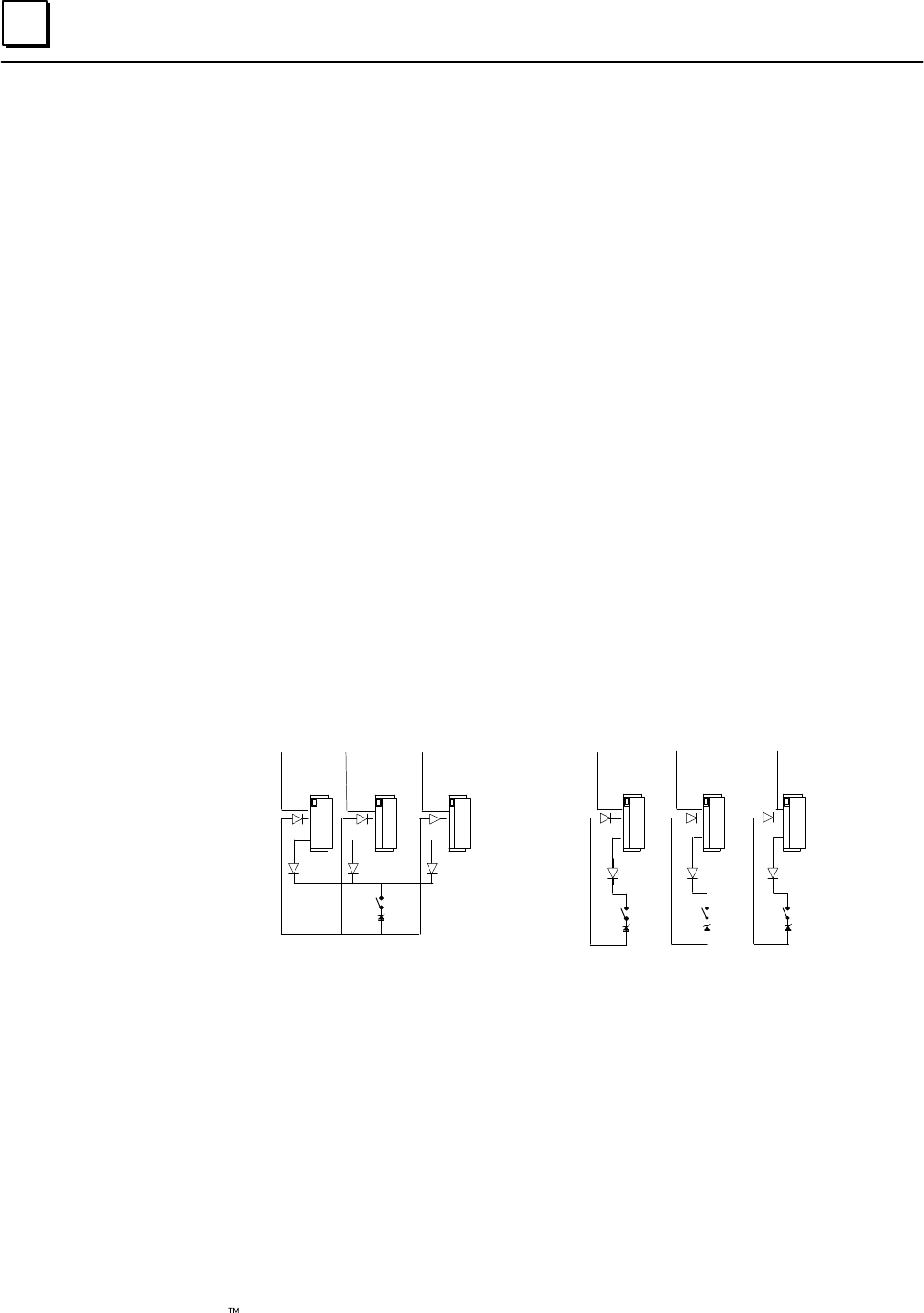
4
4-18 Genius Modular Redundancy Flexible Triple Modular Redundant (TMR) System
User’s Manual – March 1995
GFK-0787B
I/O Shutdown
When the GMR system diagnoses a discrete I/O fault, it logs the appropriate faults in its
fault tables and set the appropriate fault contacts. For certain types of discrete I/O faults,
the system optionally allows a predefined amount of time for the problem that caused
the fault to be repaired. If the problem is not rectified within this period of time, an I/O
Shutdown of the I/O corresponding to the affected block(s) occurs. I/O shut down can
be completely disabled and prevented by turning on the Cancel I/O Shutdown control
bit (%M12265).
I/O Shutdown is defined as setting the affected I/O to its safe state. For outputs, this is
the Off state. For discrete inputs, the shutdown state is the “default” state for an input
group in the GMR configuration. This can be selected on an input group basis.
Synchronous or Asynchronous Input Autotest and I/O Shutdown
In the GMR configuration discrete input groups can be configured for either
Synchronous or Asynchronous input autotesting.
If redundant discrete input devices are used, which allows the individual blocks in a
group to stay isolated from each other (I.E. the power feed outputs (point 16) of each
block ARE NOT wired together), asynchronous input autotesting can be selected.
Asynchronous input autotesting can also be selected if non-redundant simplex discrete
input devices are used with isolation between blocks. Using this option allows the input
autotest to continue executing on other blocks in a group which are not affected by the
fault. Because input autotesting continues in this case, an I/O shutdown is not necessary
and WILL NOT occur. (See Chapter 8 – installation information)
Blocks Wired Together
Blocks Not Wired Together
If non–redundant simplex discrete input devices are used without isolation between
blocks (I.E. the power feed outputs (point 16) of each block ARE wired together), then
synchronous input autotesting must be selected in the GMR configuration for the input
group. (See Chapter 8 – installation information)
For this configuration there are two types of faults which may prevent the autotest from
continuing to execute for that input block group and thus cause a I/O shut down for the
inputs in the group:
1.) Loss of a block within the group. (I.E. any failure which causes the block to no
longer communicate on the Genius Bus such as loss of power.)
2.) Autotest failure of the power feed output (point Q16) of any of the blocks in a group.



